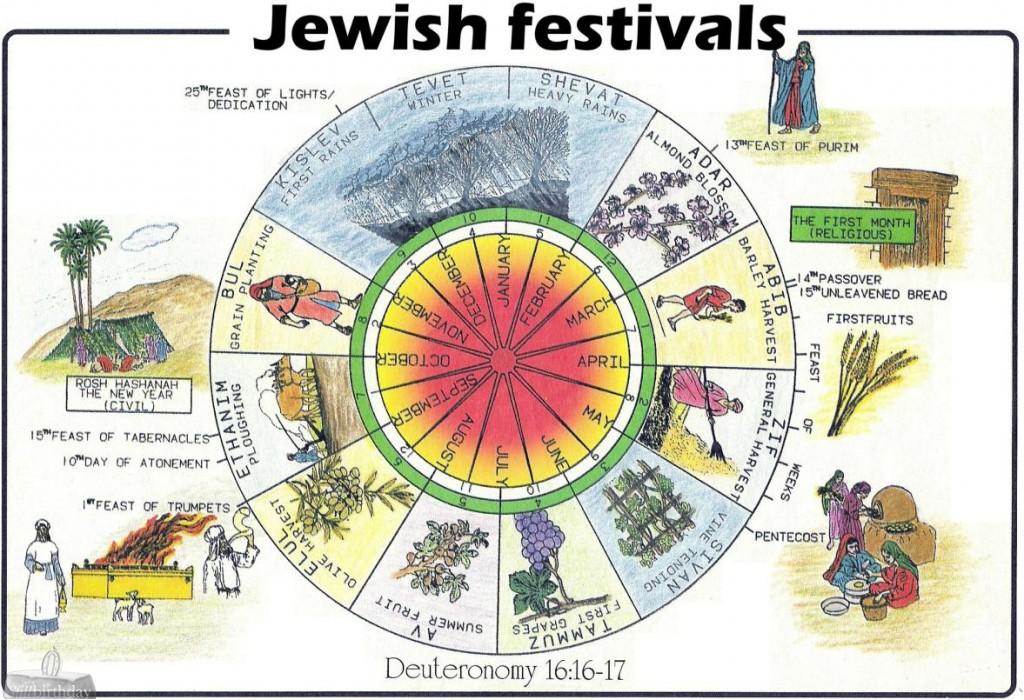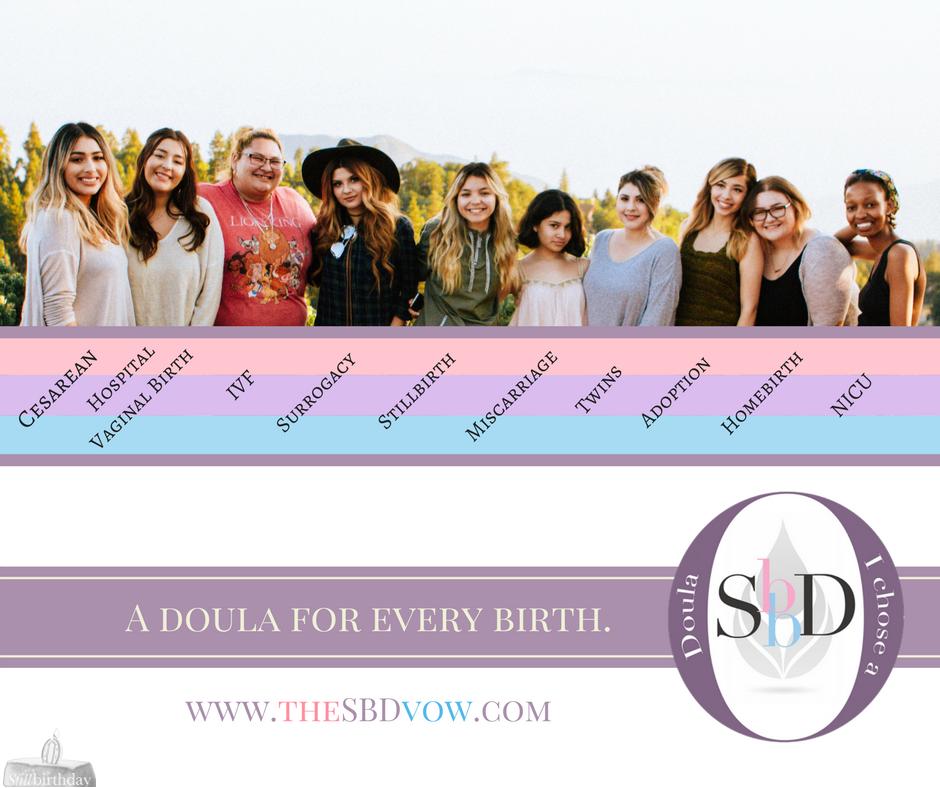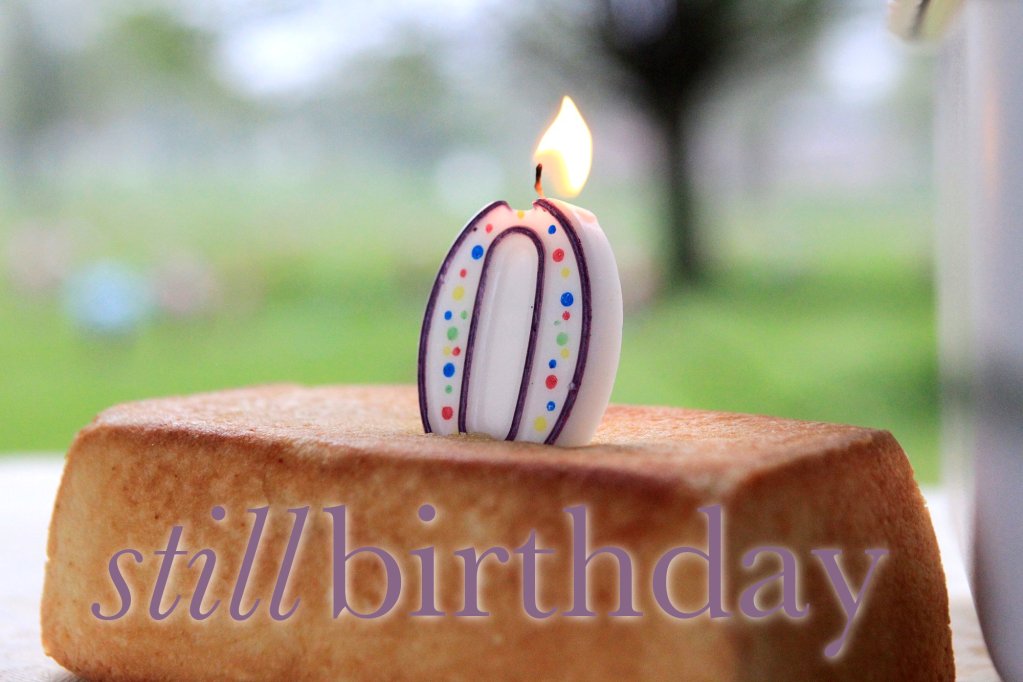With pregnancy and baby announcements from our loved ones, the awkward pauses, the empty seat at the table, and the underlying questions still left unanswered, it is no wonder Christmas can bring with it heightened anxiety or even dread for bereaved parents.
Wait, what’s that, you ask? What are those unanswered questions? Here’s just a few:
God, why did You, in Your great omnipotence, let this happen?
Did I do something wrong? Why won’t my husband let me grieve? Does he still even love me? Will I ever feel whole again?
God, where are you?
And the comparison that Jesus died too – in His thirties – hardly suffices as ointment for these broken wounds.
We’ll be spending some intentional time between Thanksgiving and Christmas offering different perspectives and pieces of encouragement for our community, but if you’re dreading Christmas and just wish it would quietly move past us all without anyone noticing – this is precisely what may have happened.
Let me explain.
This is an article that speaks specifically to Christian faith. If you are not Christian, you may not enjoy this article.
The Old Testament festivals were not only essential in protecting God’s chosen people from health concerns and the idolatry of neighboring countries, but each foreshadowed an important aspect of the life of Jesus Christ (and therefore the new life in Christ for each believer). In reviewing these Old Testament festivals, each is also symbolic of an important aspect of the life of the growing baby in the womb. These secondary interpretations do not replace the original, literal context of the Scriptures, but add to them and enrich our understanding of our God, and of the importance of life in the womb. The correlation of these festivals reveal that conception, gestation, and birth are all reflective of our Lord Jesus Christ; we cannot “choose” to be made in His image, from conception, we simply already are.
Lamb Selection
On the tenth day of the first month (Nisan-typically April) of the Jewish calendar year (lunar calendar follows a 28-day cycle), the Israelites were instructed to select a perfect, flawless, completely white lamb to sacrifice to God and to provide for their family (Exodus 12:3).
Foreshadow of Christ: He is our perfect sacrifice and complete provision.
New life: On the tenth day of the woman’s menstrual cycle (also following the lunar, 28 day cycle), she discharges a white, stretchy liquid from her cervix (which can be found when she wipes or a small amount in her panties); this marks her heightened fertility.
Passover
On the fourteenth day of the first month of the Jewish calendar year, the Israelites were instructed to sacrifice the lamb, and instructions were given to mark their door frames; thus, the Spirit of God would pass over them and bless them with continued life. The Passover is not an event marked by death; instead it is a celebration of life. When the instructions were followed correctly and at the proper time, God blessed the family.
Foreshadow of Christ: As already stated, He is our perfect sacrifice and complete provision. His selfless sacrifice, at the right time, permitted each believer to be blessed with eternal life.
New life: On the fourteenth day of the woman’s cycle, an egg is released (this is adjusted for women with irregular cycles). It has only within the following 24-hour period to be fertilized, or it will pass on as the woman’s next menstrual cycle. It is within this 24-hour period alone that there is chance for new life.
*Unleavened Bread
According to Leviticus 23:6, the festival of Unleavened Bread must occur on the fifteenth day of the first month, or, within 24-hours of the Passover. The Israelites were instructed to eat only unleavened bread (or the pure kernel without yeast—see John 12:24) as a sign of a Holy walk.
Foreshadow of Christ: We see from Scripture that Jesus was buried at the beginning of the Feast of Unleavened Bread, to later rise again, as all Christians shall. Jesus died in only 6 hours, an unprecedented amount of time, so that each of the symbolic and prophetic festivals could be preserved.
New life: As mentioned earlier, the seed (sperm) needs to implant the egg within the important 24-hour period for new life to occur.
First Fruits
The purpose of the celebration of First Fruits is to acknowledge God’s blessing of fertility. The Israelites were instructed to collect the very first young crops and present them to the Lord for an offering. This festival takes place the immediate Sunday after Passover, occurring during the celebration of Unleavened Bread. Today’s celebration is now called Easter, and as we celebrate with objects of fertility, it is intended to be a celebration of God’s faithfulness.
Foreshadow of Christ: Jesus was resurrected and received by God during First Fruits, as an offering to acknowledge His faithfulness and the hope and knowledge that more believers after Him will also be resurrected (1 Cor. 15:23).
New life: After the fertilized egg travels down the fallopian tube and into the uterus, it implants into the lining of the rich uterine wall. It is the hormonal changes prompted by this implanting that first signals change in the woman—the first sign of life, which can be identified by a blood test, and later, a urine test.
Purim
While Purim is not one of the Old Testament festivals ordained by God, it is one proclaimed by His people. Similar to Hanukkah in this way, it doesn’t have the same exact fit in regard to the Gregorian calendar, yet it still has spiritual and physical implication in regard to its harmony with fetal development. Purim is a celebration to honor the deliverance of the Jews in the time of Esther. It is celebrated on either the 14th or 15th of the Jewish month of Adar, which is approximately in February or March. It is known for God hiding Himself from His people. Scholarly studies explain that when one hides his true identity and assumes another identity, his true self is revealed. It is associated with giving birth to renew the ultimate self. The word kuf also alludes to the “eye of a needle.” Through this eye, God’s light enters to reveal its glory to the Jewish soul.
Foreshadow of Christ: Purim is noted for its celebration of reciprocity. Through Jesus’ death and His gifts of Salvation and the Holy Spirit, we have an opportunity to engage in a reciprical relationship, a communion, with Him.
New Life: As the corpus luteum begins to diminish at approximately seven weeks after Passover, the baby’s placenta begins to supplement and by twelve weeks after conception fully takes over life sustaining hormone production. The synthesis and secretion of steroid hormones by the placenta requires the collaboration of both fetal and maternal tissues.
*Pentecost
This celebration occurs on a Sunday, the fiftieth day after the celebration of First Fruits (Lev. 23:15-16). Known as the Summer Harvest (usually in late May or early June), more crops are available then First Fruits, but still not as many as will be available at the coming Fall Harvest.
Foreshadow of Christ: Acts 2 records the day of Pentecost, which marks the first day of the Church of Jesus Christ (essential point of Premillenial Dispensationalism), where a harvest was brought in, of over three thousand souls.
New life: High school science texts often show a similar in-utero development of humans to other species, attempting to prove evolution-like theories. What they all fail to emphasize, however, is that on exactly the fiftieth day of development from the day of implantation, the growing embryo is considered a new creature; this new creature is identified as a human (fetus), and as science and scripture both tell us, set apart from all other life forms.
Trumpets
On the first day of the seventh month of the Jewish calendar year (Tishrei-usually September), the Israelites were instructed to have a Holy ceremony involving the blowing of horns (Lev. 23:24). Immediately upon hearing the trumpets sound, the faithful workers from the surrounding fields would drop their work and come into the temple for worship; the unbelievers stayed and continued to work without them (Matthew 24:40).
Foreshadow of Christ: Representative of the Church age, and the coming Rapture (1 Thess. 4:16-17).
New life: While all major development has already occurred prior to and leading up to Pentecost (the unmistakable identification of a human), on the first day of the seventh month, the baby can now discriminate differing noises, and respond to them accordingly.
Atonement
On the tenth day of the seventh month (again, Tishrei), the High Priest enters the Holy of Holies to make a sacrifice for the sins of himself and all the Israelites.
Foreshadow of Christ: Jesus is to the believing Church the ultimate and complete atoning sacrifice, and at His Second Coming, He will atone for surviving Israel (Zech. 13:8) as well (Romans 11:26; there is a future for Israel).
New life: On the tenth day of the seventh month, hemoglobin in fetal blood changes to work with the oxygen it will be receiving at birth (to be self-respirating). Hemoglobin F changes to Hemoglobin A.
*Tabernacles
On the fifteenth day of the seventh month (Ethanon, seventh full moon of the Jewish year—falls between late September and early November), the Israelites were to celebrate God’s provision of shelter in the wilderness (Lev. 23: 42-43).
Foreshadow of Christ: Kingdom, the last of the festivals; Jesus’ great Tabernacle in Jerusalem during the Kingdom Age. (Zech. 14:16-19) (Ezekiel 37:26-27).
New life: Tabernacle is the house of the spirit, and the lungs the house of the air. (Genesis 2:7, Ezekiel 37:9). The baby and the believer are both fully equipped to sustain life.
*Pilgrim Festivals: Israelite males present themselves to Yahweh three times a year. During this time, their communities are left vulnerable, without male protection, but with the protection of God. The entire family has a responsibility to participate and to surrender in faith. These correlate with the beginning, the middle and the end of pregnancy.
Hanukkah
This Festival of Lights is celebrated 280 days after Passover. It is not one of the instructed festivals given on Mt. Sinai but prophesied by Daniel (Daniel 8:9-14) and represents eternal light. At the rededication of the Holy Temple following the victory over the Maccabees, there was only enough consecrated olive oil to fuel the Eternal Flame in the Temple for one day; however, the oil burned for eight days, the length of time it took to prepare and consecrate additional fresh olive oil.
Foreshadow of Christ: This festival is representative of eternal life, which is a direct metaphor of Jesus Christ.
New life: 280 days equals one complete pregnancy; the physical demonstration of childbirth resembles the spiritual truth that we each have eternal life with God through Jesus.
Purim
Purim is celebrated in the last month of the Jewish calendar year. It is known for God hiding Himself from His people. Scholarly studies explain that when one hides his true identity and assumes another identity, his true self is revealed. It is associated with giving birth to renew the ultimate self. The word kuf also alludes to the “eye of a needle.” Through this eye, God’s light enters to reveal its glory to the Jewish soul.
Foreshadow of Christ: Purim is noted for its celebration of reciprocity. Through Jesus’ death and His gifts of Salvation and the Holy Spirit, we have an opportunity to engage in a reciprical relationship, a communion, with Him.
New Life: The reciprical nature of death on earth and birth in eternity.
So, did we miss Christmas?
In Luke 1, we read that Zechariah was visited by the angel Gabriel while he was serving at the temple. Because Zechariah belonged to the division of Abijah, the 8th tribe, we might deduce that this encounter took place within the week he was serving, and we can compare that to the Hebrew calendar. From there we read when Mary visited Elizabeth, to announce her pregnancy, while Elizabeth was in her 6th month of pregnancy. This allows us to apply Elizabeth’s pregnancy to determine an approximate time Jesus may have been born. And while there are plenty of theories about when He was born, and none of us know precisely when He was born – the knowledge that Mary and Joseph were traveling and that ultimately Jesus was laid in a manger, certainly point to the festival of Tabernacles and the temporary shelters used for this pilgrim festival.
“After enduring loss, I’m waiting until after the first trimester to announce my pregnancy.”
Incidentally, Elizabeth kept her pregnancy hidden for 5 months. She was an older woman, shamed that she could not bear children. It is entirely possible that once she became pregnant, she hid her pregnancy for fear of ridicule and mocking by her loved ones. Not having pregnancy tests, imagine her waiting until her belly was round enough to prove for itself that a baby was inside.
When the scriptures included here in these passages are read, it reveals that Christmas – the actual birth of Jesus – may have happened during the festival of Tabernacles. And this year, the festival of Tabernacles was between September 18-25.
So as we walk this together, building encouragement and tips for not only enduring this holiday season, but even in finding joy in it, may this article serve to lift a bit of the pressure, may you be encouraged that we don’t actually know the day Jesus was born. An arbitrary day was selected. Maybe you labored for days and are not sure when you gave birth. Maybe flushing was inevitable. Maybe you gave birth with medical assistance and it didn’t feel like a birth. Maybe you can select a special day that you designate to honor your little one.
However you face the holiday season, you aren’t alone.
You are worthy to be loved and to receive healing.












Leave a Comment